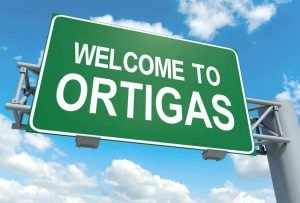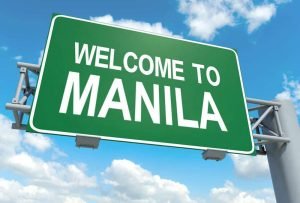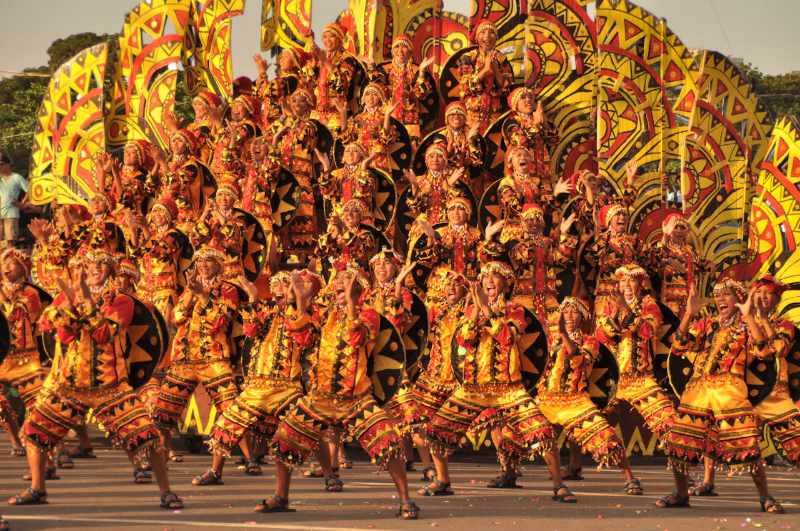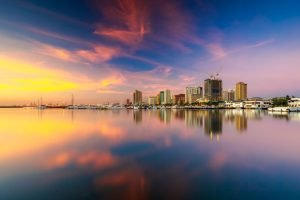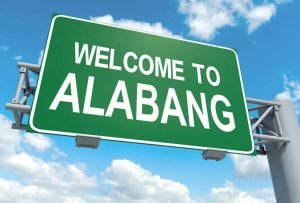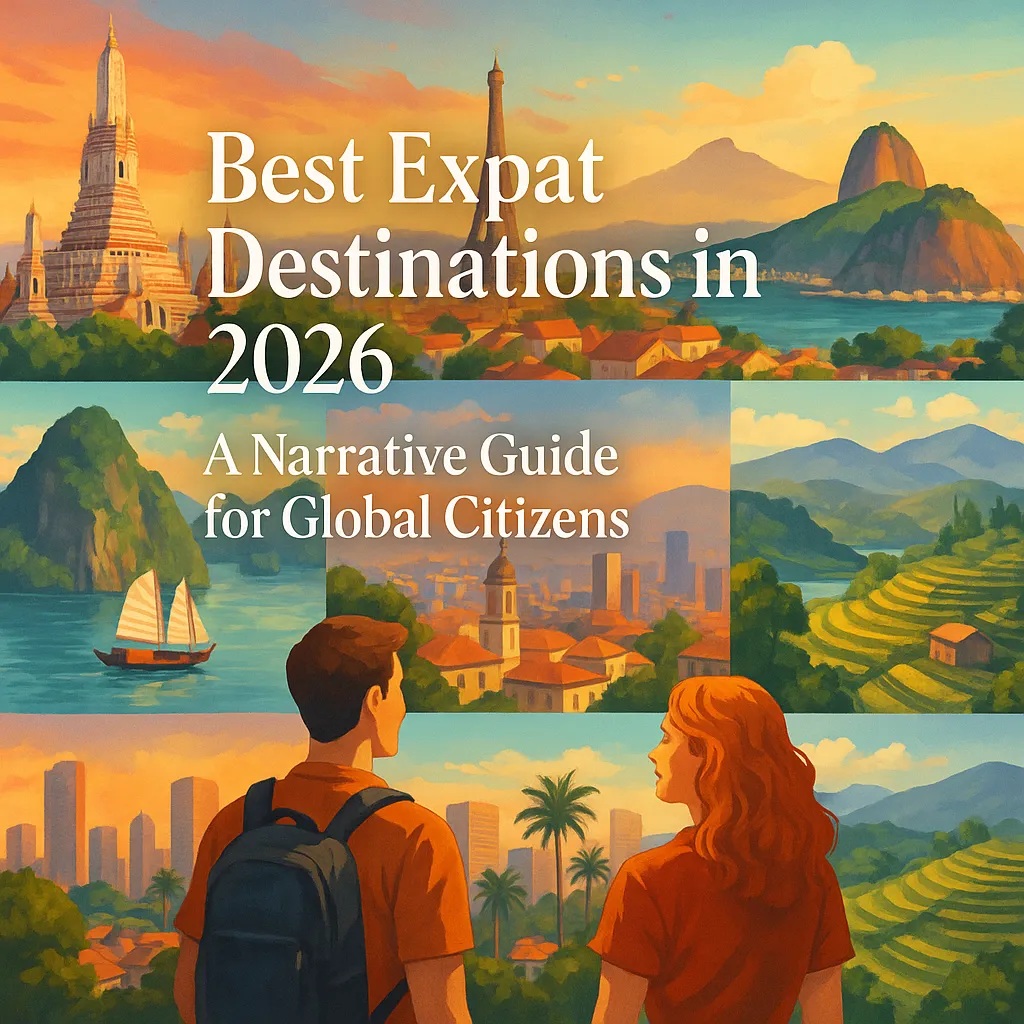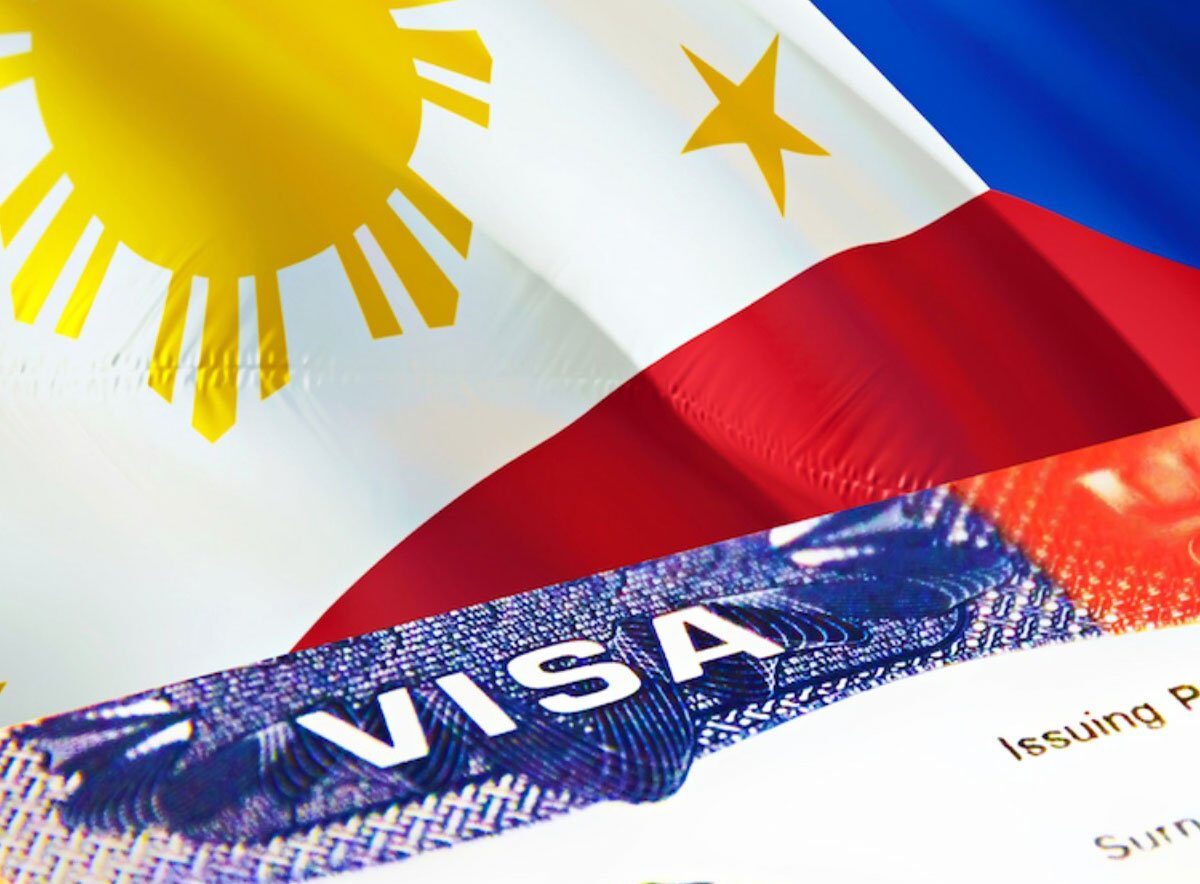
Philippines Work Visa Guide 2025:
Complete Expert Guide for Foreign Workers
Last updated: August 2025 | Written by immigration experts with 10+ years of Philippines visa experience
Planning to work in the Philippines? You’re joining thousands of foreign professionals who choose this vibrant archipelago nation for their career advancement. However, navigating Philippine immigration laws requires careful preparation and the right documentation.
This comprehensive guide covers everything you need to know about obtaining a work visa in the Philippines in 2025, including recent policy updates, processing times, and insider tips from our immigration specialists.
Why the Philippines Attracts International Talent
The Philippines has emerged as a premier destination for foreign workers due to several compelling factors:
English proficiency: Third-largest English-speaking population globally
Strategic location: Gateway to Southeast Asian markets
Growing economy: Sustained GDP growth averaging 6.2% over the past decade
Cultural compatibility: Western-friendly business practices and hospitality
Cost efficiency: Competitive living costs compared to regional hubs
However, all foreign nationals must obtain proper work authorization before beginning employment. Working without proper documentation can result in deportation, fines, and permanent immigration bans.
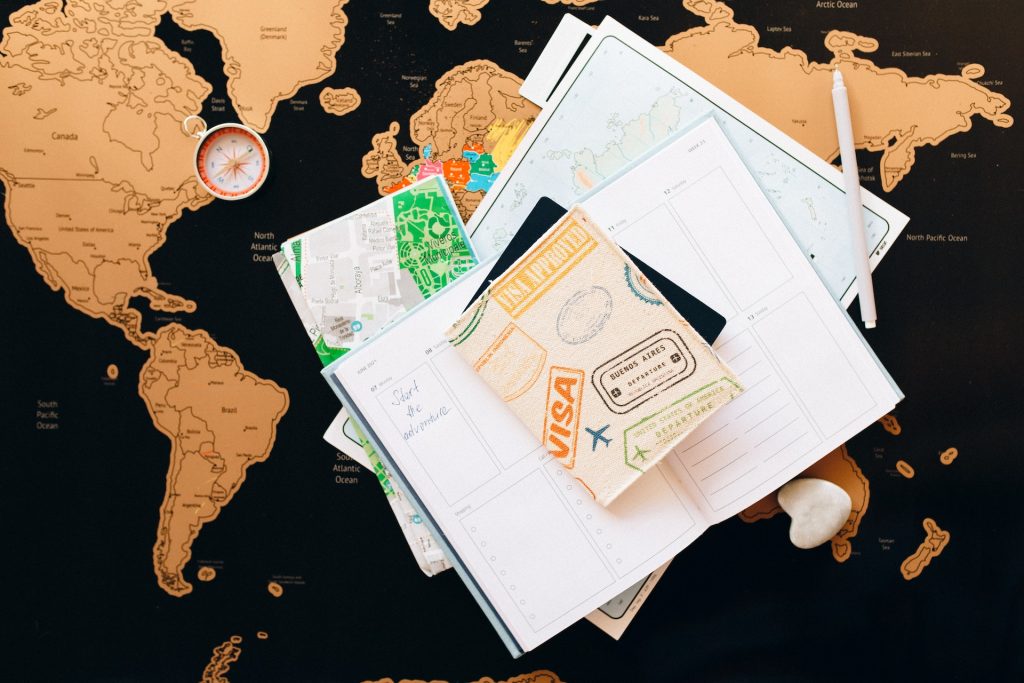
Each document must be up-to-date and submitted in original or certified copy format.
Incomplete paperwork is the most common reason for delays.
Complete Overview of Philippines Work Visas (2025)
9(g) Pre-Arranged Employment Visa (Most Common)
The 9(g) visa remains the primary pathway for foreign employees of Philippine companies.- Validity: 1–3 years (renewable)
- Requirements: Valid job offer + Alien Employment Permit (AEP)
- Processing time: 4–8 weeks
- Ideal for: Long-term employees, managers, technical specialists
Support the 9(g) visa application with :
Application forms and letters
Passport
Employment Contract
Company supporting documents
Tax Identification Number (TIN)
AEP card
Newspaper publication
PESO posting
Special Work Permit (SWP) – Quick Solution
Perfect for urgent short-term assignments when you’re already in the Philippines on a tourist visa.- Validity: 3 months (one-time extension possible)
- Processing time: 3–5 business days
- Requirements: Tourist visa status, employment contract
- Limitation: Cannot convert to long-term visa
For the SWP :
Application forms and letters
Passport
Employment Contract
Updated resume
Company supporting documents
Tax Identification Number (TIN)
Certifications/Diplomas translated in English
Provisional Work Permit (PWP) – Bridge Solution
The PWP prevents employment gaps while waiting for your primary visa approval.
- Validity: 3–6 months
- Purpose: Temporary authorization during 9(g) processing
- Benefit: Maintains legal employment status
For the PWP :
Application forms and letters
Passport
Employment Contract
Updated resume
Company supporting documents
Tax Identification Number (TIN)
Certifications/Diplomas translated in English
47(a)(2) PEZA Visa – Investment Zone Workers
Exclusively for employees of Philippine Economic Zone Authority (PEZA) registered companies.
- Employer-sponsored: Company handles most procedures
- Benefits: Streamlined process, investment incentives
47(a)(2) PEZA Visa Requirements:
Application forms and employer endorsement letters
Valid passport (minimum 18 months validity)
PEZA employment contract
Company’s PEZA registration certificate
Updated resume
Company profile and SEC registration
Tax Identification Number (TIN)
Apostilled and translated educational diplomas or certificates
EO 226 ROHQ Visa – Regional Headquarters
Designed for employees of multinational regional headquarters in the Philippines.
- Processing time: 6–8 weeks
- Requirements: Extensive company documentation
- Benefits: Multiple-entry privileges
Special Non-Immigrant EO 226 Visa :
Application forms and letters
Passport
Company supporting documents
Tax Identification Number (TIN)
Certification from the multinational company
Digital Nomad Visa (NEW 2025)
A revolutionary addition targeting remote workers employed by foreign companies.
- Target audience: Remote workers, freelancers with international clients
- Requirements: Proof of foreign employment, minimum income threshold
- Mandatory: Comprehensive health insurance
For the Digital Nomad Visa, prepare :
Proof of remote employment
Proof of sufficient income generated outside the Philippines
Proof of no criminal record
Health insurance coverage
Special Visa for Employment Generation (SVEG)
For foreign entrepreneurs creating substantial local employment.
- Minimum requirement: 10+ Filipino employees
- Investment threshold: Significant capital investment required
- Documentation: Extensive business operation proof
Undersertand SVEG process here
For SVEG :
Application forms and letters
Passport
Employment contract
Company supporting documents
Tax Identification Number (TIN)
AEP card
DOLE certification
NBI Clearance
Medical Certificate
Step-by-Step Application Process
Phase 1: Pre-Application
Job offer and employment documents
Health and police clearances
Degree and certifications authentication
Phase 2: AEP Submission
Employer applies to DOLE
Labor market test
AEP release (approx. 3 weeks)
Phase 3: Visa Filing
Submit to BI or embassy
Monitoring and follow-up
Phase 4: Post-Arrival Compliance
Immigration registration
ACR I-Card issuance
Report address change within 30 days
2025 Policy Updates and Changes
New Digital Economy Initiatives
The Philippine government has introduced several digital-friendly policies.
Many documents can now be submitted electronically, reducing physical paperwork requirements.
Government continues modernizing immigration systems with:
- Enhanced digital application platforms via online application processes
- Faster processing through AI-assisted document review
- Expanded visa categories for emerging industries
- Stronger ties with ASEAN mobility agreements
- Digital nomad visa program launch
- Enhanced PEZA incentives for tech companies
Expert Prediction: Digital nomad and remote work visas will likely expand significantly through 2025-2026, reflecting global workforce trends.
Processing Time Improvements
Recent system upgrades have reduced average processing times by 20-30% across most visa categories.
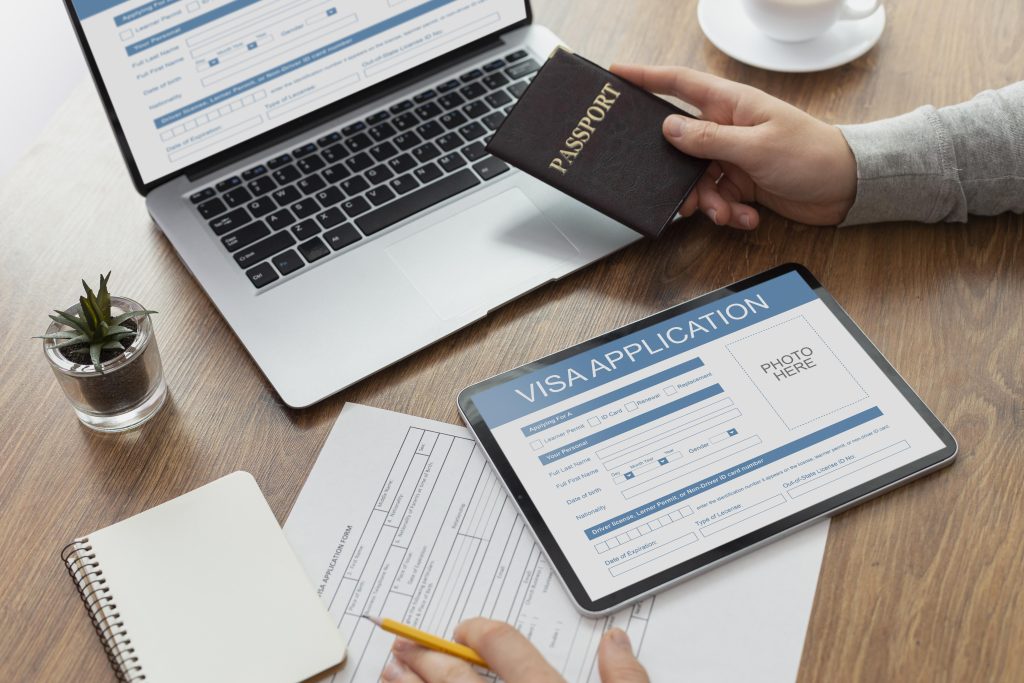
Expert Tips for Successful Applications
Timing Strategy
- Start early: Begin process 3-4 months before intended employment
- Peak seasons: Avoid December-January applications due to holiday delays
- Document validity: Ensure all documents remain valid throughout processing
Common Pitfalls to Avoid
- Incomplete AEP applications: Leading cause of delays
- Improper document authentication: Must follow apostille requirements
- Insufficient financial proof: Particularly for entrepreneur visas
- Health insurance gaps: Critical for digital nomad applications
Professional Assistance Benefits
Working with experienced immigration consultants can:
- Reduce processing time by 30-40%
- Minimize documentation errors
- Provide real-time policy updates
- Offer contingency planning for complications
Cost Breakdown (2025 Rates)
| Visa Type | Government Fees | Processing Time | Additional Costs |
|---|---|---|---|
| 9(g) Visa | ₱10,000-15,000 | 6-8 weeks | AEP fees: ₱5,000-8,000 |
| SWP | ₱3,000 | 3-5 days | None |
| PWP | ₱2,500 | 1-2 weeks | None |
| Digital Nomad | ₱12,000 | 4-6 weeks | Insurance: $500-1,000/year |
Note: Fees subject to change. Professional service fees not included.
Regional Considerations and Best Practices
Metro Manila vs. Provincial Applications
- Metro Manila: Faster processing but higher competition
- Provincial areas: Longer processing but potentially more employer support
Industry-Specific Considerations
- Technology sector: Enhanced opportunities under CREATE Act incentives
- Manufacturing: PEZA visa often preferred
- Education: Special documentation requirements for teaching positions
Take the Next Step: Free Consultation with Asia Relocation
Ready to Start Your Philippines Work Visa Journey?
Don’t let complex immigration procedures delay your career opportunities in the Philippines. Asia Relocation’s expert team is ready to guide you through every step of the process.
Get Started Today:
📞 Contact Our Philippines Immigration Specialists:
- Email: info@asia-relocation.com
- Phone: +63 2 8856 7032 (Manila Office)
- WhatsApp: +63 917 123 4567
Why Schedule Your Consultation Now:
✅ Time-sensitive: Philippines visa policies continue evolving through 2025 ✅ Peak season: Q4 2025 will see increased application volumes ✅ Document preparation: Most clients need 6-8 weeks for proper preparation ✅ Employer coordination: Early planning ensures smooth corporate transitions
Service Areas Coverage
Primary Offices:
- Manila Metropolitan Area (Main Office)
- Cebu City (Central Visayas)
- Davao (Mindanao Operations)
Nationwide Support: We provide services across all Philippine regions, with special expertise in economic zones including PEZA areas, Clark Freeport, and Subic Bay.
Continue your journey with confidence – from visa application to full Philippines integration.
About the Author: This guide was compiled by certified immigration consultants with over 10 years of experience in Philippine visa processing. Check on our history here.
Disclaimer: Immigration laws change frequently. Always verify current requirements with official sources or qualified immigration consultants before making application decisions.
About General Work Visa in the Philippines
Frequently Asked Questions
Can I change jobs while on a 9(g) visa?
No, the 9(g) visa is employer-specific. You must apply for a new visa if changing employers. However, you can apply for a PWP to maintain legal status during the transition.
How long can I stay in the Philippines on a work visa?
Work visas are typically valid for 1-3 years and are renewable as long as you maintain qualifying employment and meet renewal requirements.
Can my family members join me on a work visa?
Yes, your spouse and unmarried children under 21 can apply for dependent visas (9(e) visa) once you have an approved work visa.
Can I apply for a work visa while in the Philippines on a tourist visa?
Only for the Special Work Permit (SWP). For other visa types like the 9(g), you typically need to apply from your home country or through a Philippine consulate abroad.
What happens if my AEP application is denied?
You can appeal the decision or reapply with additional documentation. Your employer may need to demonstrate more clearly why a foreign worker is necessary for the position.
Do I need to leave the Philippines to renew my work visa?
No, most work visas can be renewed locally through the Bureau of Immigration without leaving the country.
How long are police clearances valid for visa applications?
Police clearances must be issued within 6 months of your visa application and must be apostilled or authenticated by the Philippine consulate in your home country.
Can I use digital copies of my educational credentials?
No, you must provide original or certified true copies of educational credentials. Foreign degrees must be authenticated by the Philippine consulate and may require translation.
What if I don't have all required documents immediately?
You can apply for a Provisional Work Permit (PWP) to begin working legally while completing your documentation for the main visa application.
Digital Nomad Visa Questions
Frequently Asked Questions
Who is eligible for the new Digital Nomad Visa?
Remote workers employed by foreign companies, freelancers with international clients, and digital entrepreneurs who can prove stable foreign income sources.
What is the minimum income requirement for the Digital Nomad Visa?
While official thresholds haven’t been finalized, early indications suggest $3,000-5,000 monthly income requirement with 6 months of bank statements as proof.
Can Digital Nomad Visa holders eventually apply for permanent residency?
Currently, the Digital Nomad Visa is designed as a temporary solution and doesn’t directly lead to permanent residency, but policies may evolve.

